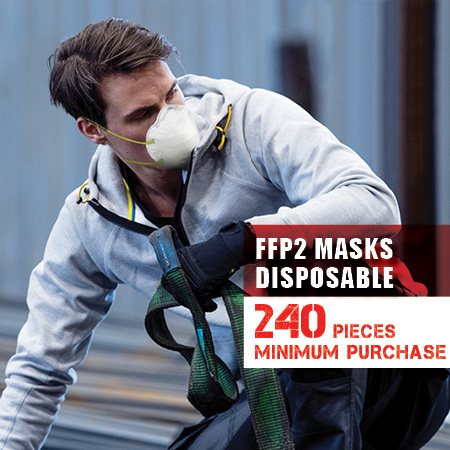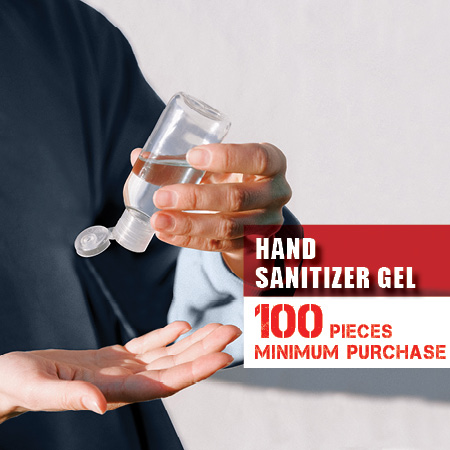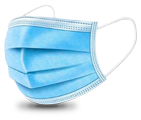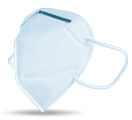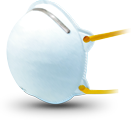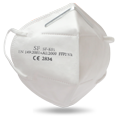How to choose the most suitable protective mask
The choice of the mask, in the context of COVID-19 emergency, must be done according to the needs of filtering performance, but also evaluating the context in which it will be used.
Masks in comparison
To better understand the features of all our masks, we have prepared a table that compares them.
|
*Minimum bacterial filtration efficiency
MASKS WITH OR WITHOUT VALVE?
Comparison between the filtering capacity of different types of masks
Orienting between the many types of masks can be complicated. The performance data required by the various regulations are difficult to interpret, which is why we decided to propose a more immediate reading scheme.
|
KN95 Mask
|
KN95 Mask with valve*
|
|
KN100 Mask
|
KN100 Mask with valve*
|
|
FFP1 Mask
|
FFP1 Mask with valve*
|
|
FFP2 Mask
|
FFP2 Mask with valve*
|
|
FFP3 Mask
|
FFP3 mask with valve*
|
|
Medical mask type I
|
Medical mask type II  |
*To filter also the air out of the exhalation valve, a medical mask can be added over the valve mask.
N.A.=not applicable
The above table shows a non-negligible fact: Valved respirators offer protection only during the inhalation phase.
The non-return valves of the respirators are called "exhalation" because, while during inhalation they close to force air filtration, during exhalation they open allowing a free flow. Although this guarantees the wearer greater comfort in terms of heat and humidity, it does not offer any obstacle to the outgoing air, and with it to the droplets (droplets) exhaled, which could be a vector for viruses and bacteria.
To limit the spread of the virus, therefore, valve-less masks are preferable.
As an alternative, a medical mask can be added on top of the valve-mounted respirators. This solution allows to maintain a good comfort of use and at the same time to filter the air during exhalation.





